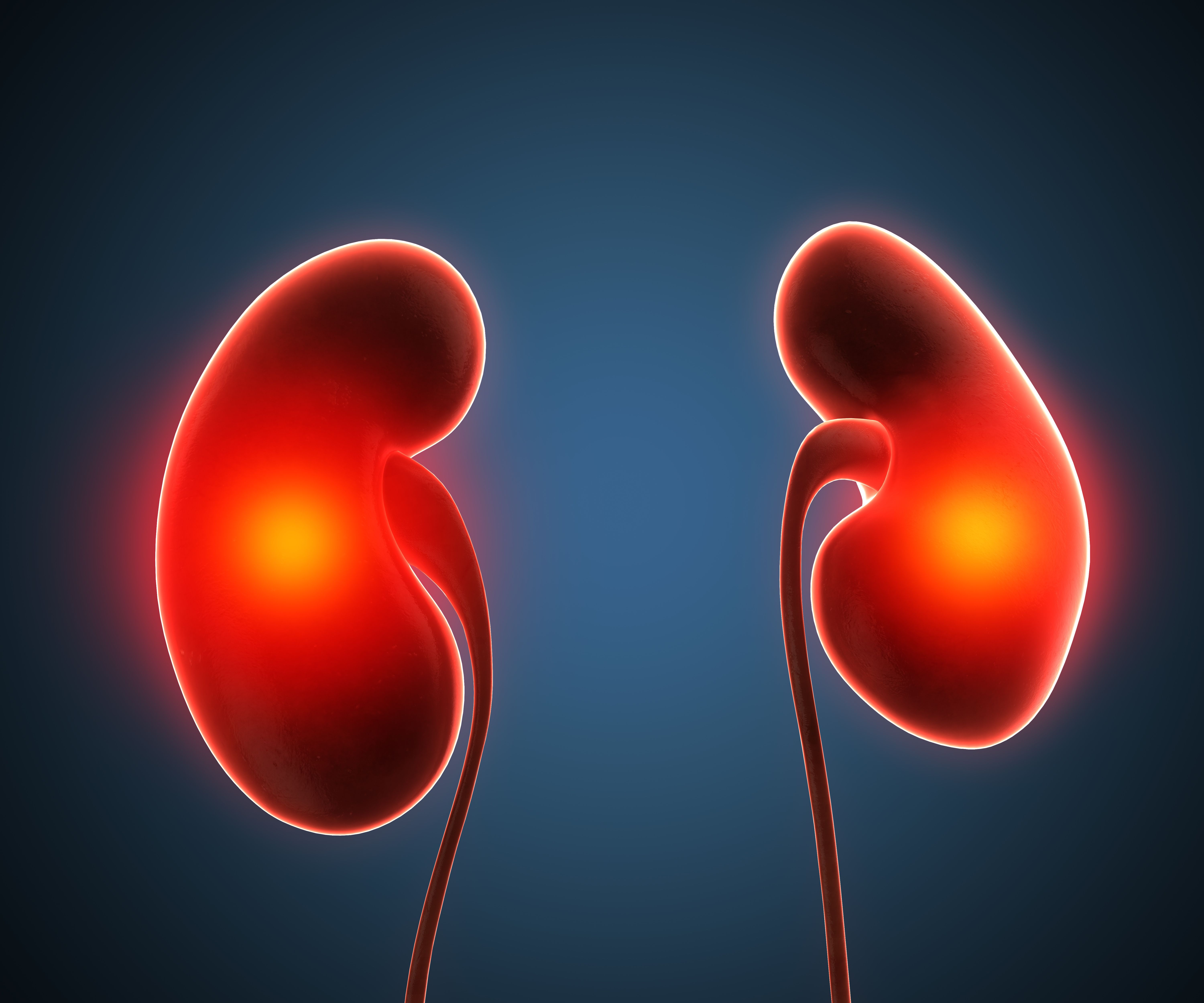Vorolanib Combo Improves ORR/PFS Vs Monotherapies in Renal Cell Carcinoma
The addition of everolimus to vorolanib appears to improve outcomes in metastatic renal cell carcinoma.
Vorolanib (CM082) plus everolimus (Afinitor) yielded improvements in objective response rate (ORR) and progression-free survival (PFS) compared with either agent as a monotherapy, according to results from the phase 3 CONCEPT study (NCT03095040).
In the phase 3 CONCEPT study, the objective response rate for patients receiving vorolanib plus everolimus for renal cell carcinoma was 24.8%.

The median PFS was 10.0 months (95% CI, 8.2-10.4) in the vorolanib plus everolimus cohort, 6.4 months (95% CI, 4.6-8.3) for the vorolanib monotherapy cohort, and 6.4 months (95% CI, 4.7-8.3) in the everolimus monotherapy cohort. The hazard ratio (HR) for the combination therapy was 0.70 (95% CI, 0.52-0.94; P = .0171) compared with everolimus alone and 0.76 (95% CI, 0.56-1.03; P = .0738) compared with vorolanib alone.
The ORR was 24.8% (n = 33/133) in the vorolanib plus everolimus arm, 8.3% (11/133) in the everolimus arm, and 10.5% (n = 14/133) in the vorolanib arm. The median durations of response in the 3 respective cohorts were 11.1 months (95% CI, 5.6-12.9), 13.3 months (95% CI, 5.6-12.9), and 10.9 months (95% CI, 1.8-not evaluable [NE]).
The randomized phase 3 CONCEPT study evaluated vorolanib in combination with everolimus or as separate agents among patients with advanced or metastatic RCC who received at least 1 prior vascular EGFR Tyrosine kinase inhibitor.
Investigators randomly assigned patients 1:1:1 to receive 200 mg of vorolanib per day orally plus 5 mg per of everolimus per day, 200 mg of vorolanib per day plus placebo, or 10 mg of everolimus per day plus placebo in 28-day continuous cycles until disease progression, unacceptable toxicity, patient withdrawal, or death.
The primary end point was PFS, as determined by independent review committee. Secondary end points included ORR, overall survival (OS), and safety.
Patients 18 to 75 years old with advanced or metastatic RCC with a histologically or cytologically confirmed clear cell component were eligible for enrollment on the trial. Additional inclusion criteria included having an ECOG performance status of 0 or 1, a life expectancy of at least 3 months, and measurable disease per RECIST v1.1 criteria.
Of 513 patients screened for eligibility, 399 patients were randomized to 1 of 3 treatment arms, with 133 patients in each arm. At the data cut-off date, 164 patients died and 56 remained on the study treatment.
In the combination therapy, vorolanib, and everolimus arms, respectively, most patients were male (76.7% vs 80.5% vs 77.4%), had a metastatic site in the lung (71.4% vs 74.4% vs 78.9%), and previously received sorafenib (Nexavar; 50.4% vs 49.6% vs 50.4%). Investigators reported that baseline characteristics were generally comparable across the treatment arms.
The OS data were immature at the time of data cut-off; as such, there was not any significant difference between the vorolanib plus everolimus and everolimus monotherapy (HR, 0.94; 95% CI, 0.64-1.37; P = .7369) or between everolimus monotherapy and vorolanib monotherapy (HR, 0.92; 95% CI, 0.63-1.34; P = .6646). The median OS for the combination therapy, single-agent vorolanib, and single-agent everolimus arms, respectively, was 30.4 months (95% CI, 16.5-NE), 30.5 months (95% CI, 22.8-NE), and 25.4 months (95% CI, 19.1-NE).
A post-hoc analysis including patients with favorable-risk disease indicated an ORR of 36.7% (n = 11/30) in the vorolanib plus everolimus cohort, 12.1% (n = 4/33) in the vorolanib cohort, and 11.1% (n = 4/36) in the everolimus cohort.
In terms of safety, 72.2% (n = 96/133) of patients in the everolimus plus vorolanib group, 39.1% (n = 52/133) of the single-agent vorolanib group, and 53.4% (n = 71/133) of the single-agent everolimus group experienced grade 3 or higher treatment-related adverse effects (TRAEs).
Common grade 3 or higher TRAEs included anemia (15.0%), neutropenia (10.5%), and proteinuria (9.8%) in the everolimus plus vorolanib group; hypertension (4.5%) and hypertriglyceridemia (4.5%) in the vorolanib monotherapy group; and anemia (16.5%), hypertriglyceridemia (6.8%), and elevated blood triglycerides (5.3%) in the everolimus monotherapy group.
Reference
Sheng X, Ye D, Zhou A, et al. Efficacy and safety of vorolanib plus everolimus in metastatic renal cell carcinoma: a three-arm, randomised, double-blind, multicentre phase III study (CONCEPT). European Journal of Cancer. 2023;178:205-215. doi:10.1016/j.ejca.2022.10.025
Newsletter
Stay up to date on recent advances in the multidisciplinary approach to cancer.